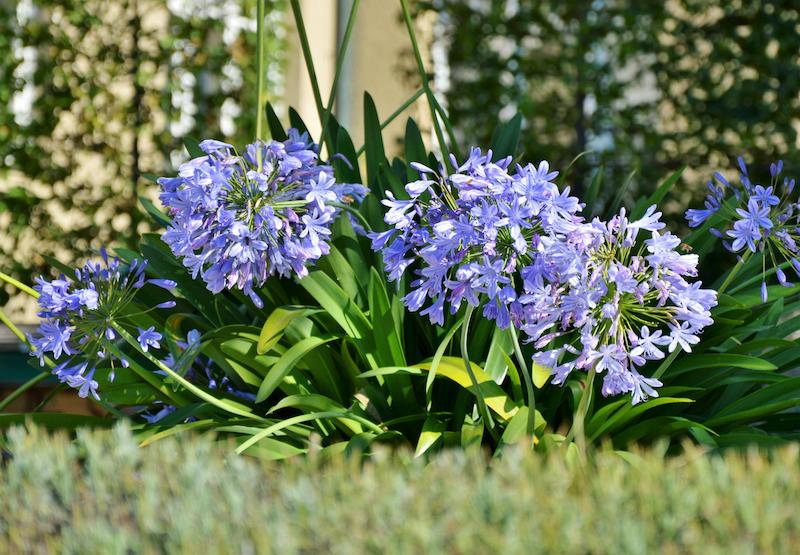Alright, let’s talk about agapanthus and fertilizer. I’ve been messing around with these plants for a few years now, and I’ve definitely learned a thing or two – mostly through trial and error, I gotta admit.
First off, what I did when I first got them: I picked up a couple of agapanthus starts from the local nursery. They looked healthy enough, but the soil they were in seemed kinda…meh. So, before I even put them in the ground, I repotted them into some fresh potting mix. Nothing fancy, just your standard stuff from the garden center. I figured a good start is half the battle.

Planting time: Dug a hole, made sure it was twice as wide as the root ball, plopped them in, and backfilled with the same potting mix I used before. Watered them real good, and then waited. And waited. I wasn’t seeing much action the first year, honestly. Just some leaves, but no flowers. That’s when I started looking into fertilizers.
Fertilizer Experiments: This is where it gets interesting. I read a bunch of stuff online, some people swore by bone meal, others liked a balanced fertilizer, and some said just leave them alone. I figured I’d try a little of everything, but not all at once, of course. Didn’t want to nuke ’em!
- The bone meal phase: Heard it was good for root development and flowering. So, I sprinkled some around the base of the plants in early spring. Didn’t see a huge difference, to be honest. Maybe a little bit of growth, but nothing spectacular.
- Balanced fertilizer tryout: I picked up a general-purpose 10-10-10 fertilizer. Applied it according to the instructions on the label. Still, the results were okay, but not mind-blowing.
- High-potassium fertilizer: Then I stumbled upon some info about potassium being good for flower production. I found a fertilizer with a higher potassium number (something like 5-10-15), and gave that a shot. And that’s when things started to happen.
The Eureka Moment (kinda): After using the high-potassium fertilizer, I actually started seeing more flower spikes. Not a crazy amount, but definitely noticeable. The leaves also seemed a bit greener and healthier. So, I kept at it, applying it every few weeks during the growing season (spring and summer).
My Routine Now: So, here’s what I do now, more or less. In early spring, I give them a little sprinkle of bone meal. Then, throughout the spring and summer, I use that high-potassium fertilizer every 4-6 weeks. I also make sure to water them regularly, especially during dry spells.
The Result: Am I getting a crazy abundance of flowers? Not exactly. But my agapanthus are definitely healthier and bloom more reliably than they did before I started fertilizing them properly. It’s not a magic bullet, but it seems to help. Plus, it gives me something to tinker with in the garden, which I enjoy.
Important Note: I always make sure to follow the instructions on the fertilizer label. Too much fertilizer can be worse than not enough. And remember, every garden is different, so what works for me might not work for you. Just gotta experiment and see what happens.




















